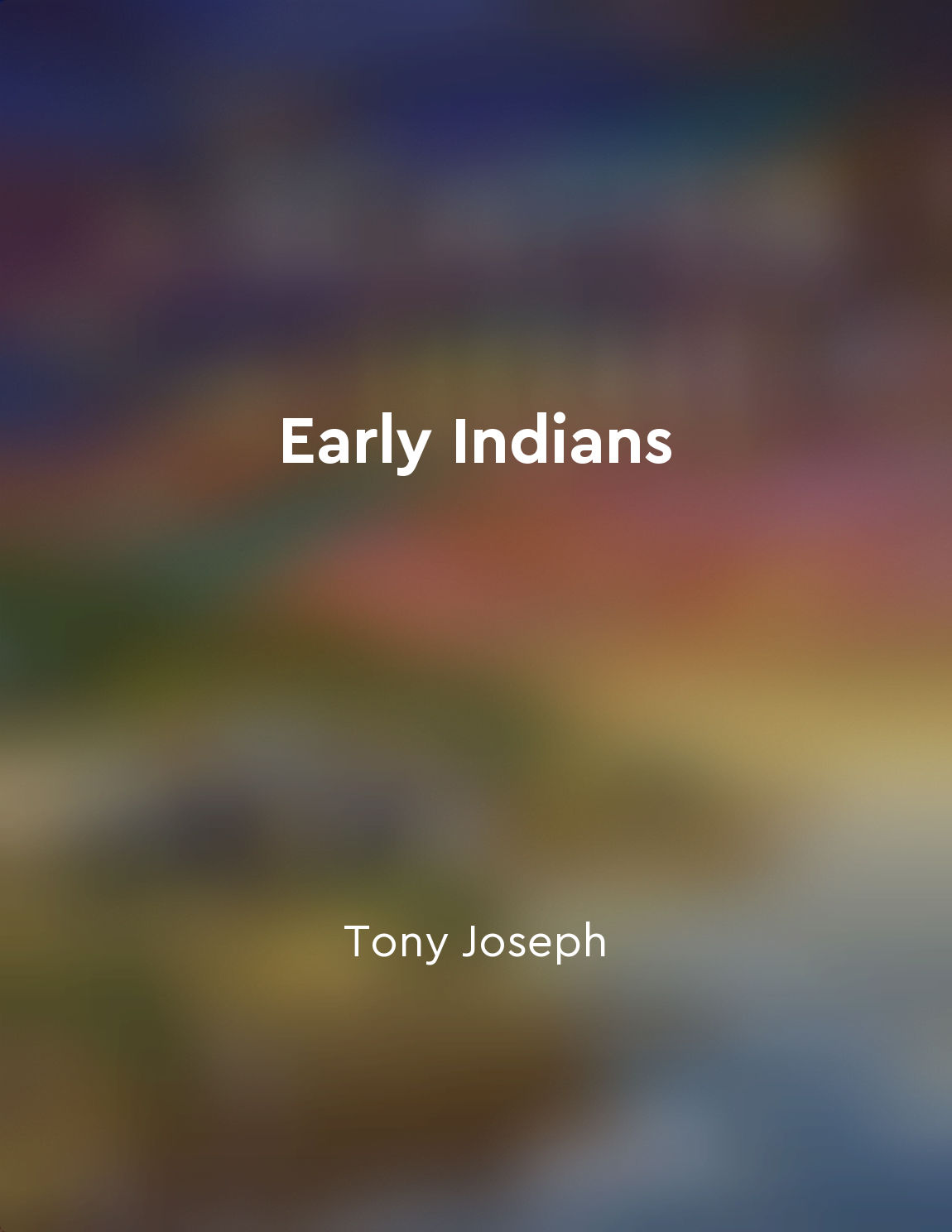Impact of IndoEuropean languages in North India from "summary" of Early Indians by Tony Joseph
The arrival of Indo-European languages in North India around 3,500 years ago marked a significant turning point in the region's linguistic landscape. This momentous event brought about a profound transformation in the way people communicated, thought, and interacted with one another. The Indo-European languages, which originated in the steppes of Central Asia, gradually spread across Europe and South Asia, eventually making their way into the Indian subcontinent. The impact of these languages on North India was far-reaching and enduring. They not only influenced the vocabulary and grammar of the local languages but also shaped the social, cultural, and political fabric of the region. The arrival of the Indo-European speakers in North India led to the formation of new societies and the establishment of powerful kingdoms and empires. These linguistic and cultural changes had a lasting impact on the history and development of the region. The adoption of Indo-European languages in North India also had implications for the genetic makeup of the population. Studies have shown that the migration of Indo-European speakers into the region led to significant genetic mixing between the incoming population and the indigenous people. This genetic admixture can still be seen in the genetic diversity of present-day North Indians, who carry a blend of both indigenous and Indo-European genetic markers. The spread of Indo-European languages in North India was not a simple process of linguistic replacement. Instead, it was a complex and dynamic phenomenon that involved a mixture of language shift, bilingualism, and language contact. As the Indo-European languages spread across the region, they interacted with the local languages, leading to the emergence of new dialects and linguistic innovations. This process of language contact and convergence shaped the linguistic diversity of North India and laid the foundation for the rich tapestry of languages spoken in the region today.- The impact of Indo-European languages in North India was profound and multifaceted. It transformed the linguistic, cultural, and genetic landscape of the region, leaving a lasting legacy that continues to influence the lives of people in North India to this day. The arrival of the Indo-European languages marked a pivotal moment in the history of the region, shaping its identity and shaping its trajectory for centuries to come.


